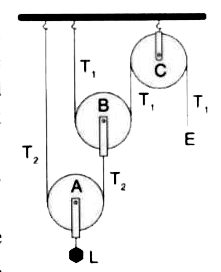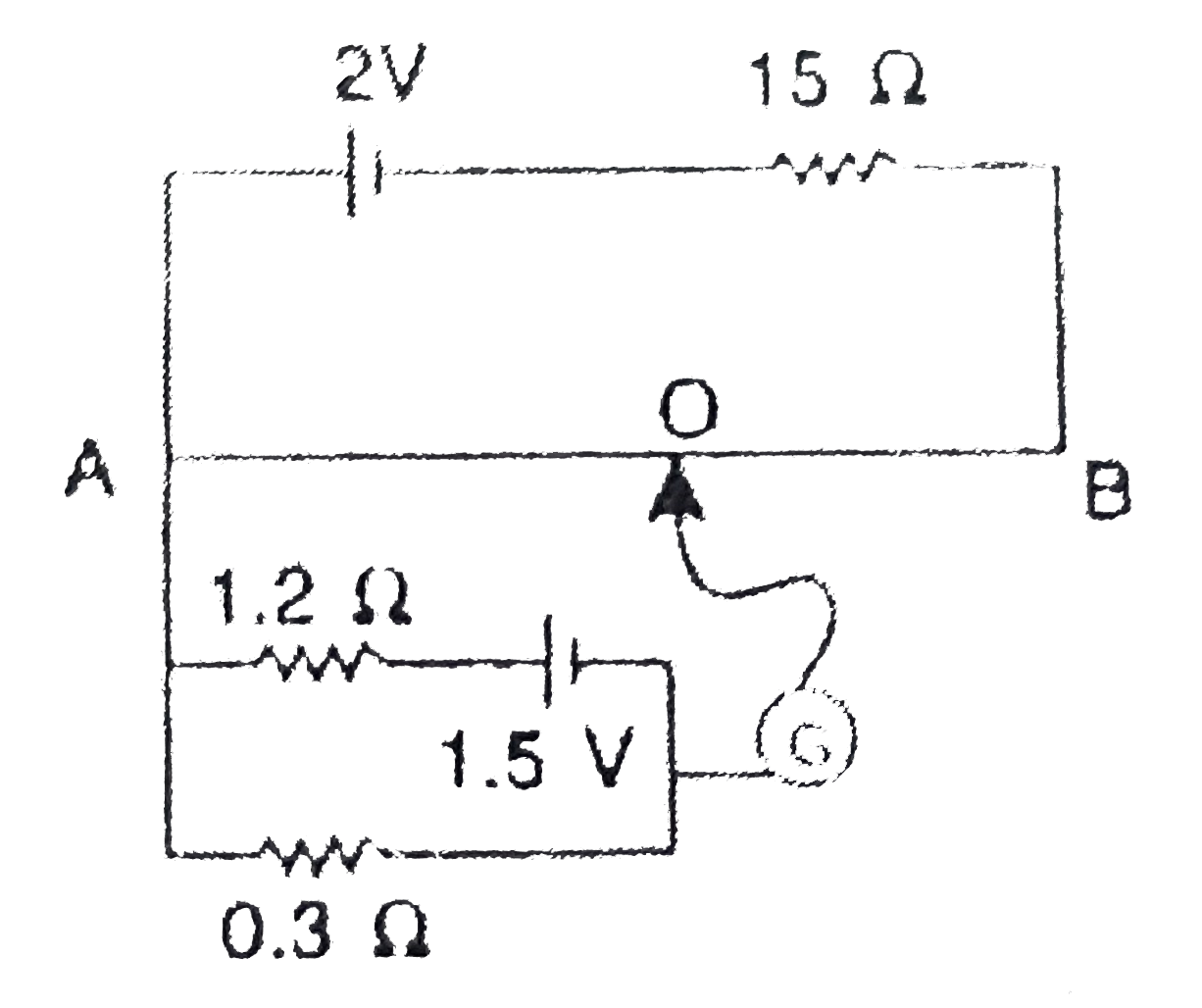(a) (i) State the principle of moments as applied to the lever shown in Figure. And
(ii) calculate its mechanical advantage if
AB=2⋅0mandFA=20cm.
(b) Calculate the effort needed to lift and load.
Step-by-Step Solution
Topper's Solved these Questions
- MACHINESBOOK - ICSECHAPTER - MACHINESEXERCISE - EXERCISE-3(A)
40 Videos
- MACHINESBOOK - ICSECHAPTER - MACHINESEXERCISE - EXERCISE-3(A) MULTIPLE CHOICE TYPE
5 Videos
- HOUSEHOLD CIRCUITS BOOK - ICSECHAPTER - HOUSEHOLD CIRCUITS EXERCISE - EXERCISE -9(B) (MULTIPLE CHOICE TYPE)
2 Videos
- QUESTION PAPER 2022 TERM 1BOOK - ICSECHAPTER - QUESTION PAPER 2022 TERM 1EXERCISE - MULTIPLE CHOICE QUESTIONS
40 Videos
Similar Questions
If the mechanical advantage of a lever is 2.5, what will be the effort you need to apply to lift a load of 50 N?
View SolutionCalculate the ideal mechanical advantage of a lever in which the effort arm is 60 cm and the load arm is 4 cm.
View SolutionFigure below shoes the use of a lever.

(a) State the principle of moments as applied to the above lever.
(b) To which class of lever does it belong ? Give an example of this class of lever.
(c) If FA=10 cm, AB=490 cm, calculate: (i) the mechanical advantage, and (ii) the minimum effort required to lift and load (=50N).
View SolutionThe pulley system drawn lifts a load of 150 N when an effort of 60 N is applied. Find its mechanical advantage.
View SolutionThe pulley system drawn lifts a load of 150 N when an effort of 60 N is applied. Find its mechanical advantage.
View Solution
The diagram alongside shows an arrangement of three pulleys A,B and C. the load is marked as L and the effort as E.
(a) Name the pulleys A,B and C.
(b) Mark in the diagram the directions of load (L), effort (E) and tension T1andT2 in the two strings.
(c) How are the magnitudes of L and E related to the tension T1 ?
(d) Calculate mechanical advantage and velocity ratio of the arrangement.
(e) What assumptions have you made in parts (c) and (d) ?
View SolutionAnswer the following:
(i) State the principle of working of a potentiometer.
(ii) In the following potentiometer circuit AB is a uniform wire of length 1 m and resistance 10Ω
Calculate the potential gradient along the wire and balance length AO (=l)

View SolutionFigure below shows a lever in use.

(a) To which class of lever does it belong ?
(b) If AB=1m, AF=0.4m, find its mechanical advantage.
(c) Calculate the value of E.
View SolutionA fire tongs has its arms 20 cm long. It is used to lift a coal of weight 1.5 kgf by applying an effort at a distance of 15 cm from the fulcrum. Find : (i) the mechanical advantage of the togns, and (ii) the effort needed.
View SolutionA pulley system has three pulleys. A load of 120 N is overcome by applying an effort of 50 N. Calculate the mechanical advantage of this system.
View Solution
